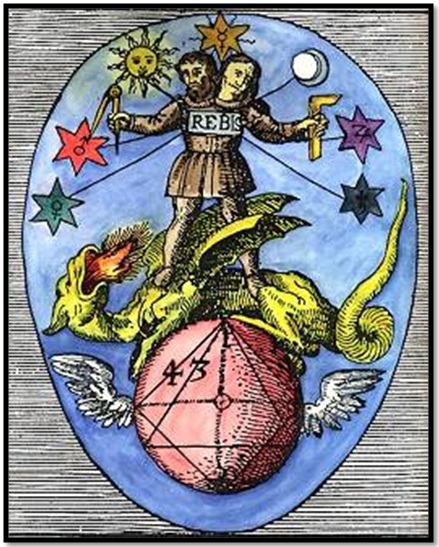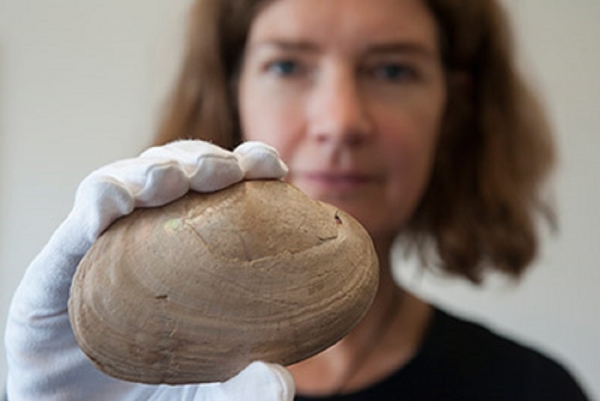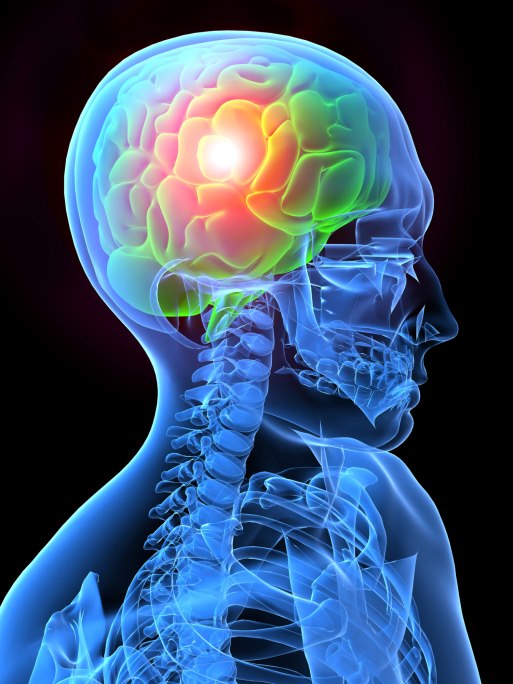Scientists have built the smallest antenna ever made using DNA. It’s 20,000 times smaller than human hair, fluorescent, and uses light signals to record and report back information.
“Like a two-way radio that can both receive and transmit radio waves, the fluorescent nanoantenna receives light in one color, or wavelength, and depending on the protein movement it senses, then transmits light back in another color, which we can detect,” says chemist Alexis Vallée-Bélisle, from the Université de Montréal (UdeM) in Canada.
“Experimental study of protein transient states remains a major challenge because high-structural-resolution techniques, including nuclear magnetic resonance and X-ray crystallography, often cannot be directly applied to study short-lived protein states,” the team explains in their paper.
DNA is quickly becoming more and more popular with researchers because it is relatively simple to program, and easy to use once programed. They have been using it to build the world’s fastest computers and to create nanostructures like the antenna in this study.
The latest DNA synthesizing technology – some 40 years in development – is able to produce bespoke nanostructures of different lengths and flexibilities, optimized to fulfill their required functions.
One advantage that this super-small DNA antenna has over other analysis techniques is that it’s able to capture very short-lived protein states. That, the researchers say, means there are plenty of potential applications here, in both biochemistry and nanotechnology more generally.
This research interests me because of my own studies of DNA and my recent interview with DNA scientist Dr. Max Rempel, who has a Ph.D. in Molecular Biology from the Institute of Gene Biology in Moscow, Russia. In the interview, he informed me that DNA acts like a quantum computer with an antenna connecting to a fiber-optic network transmitting our energy, knowledge, and memories into the earth’s biofield.
Dr. Rempel had said, “It is exactly what it’s called facia. And it is a network, a fiber-optic network, which transmits energy by a field. DNA resonance model, genomic resonance model every cell with DNA in 99% of the cells have DNA except erythrocytes, which is red blood cells and everybody, everything else has DNA, participating in in the biofield.
And we are thinking in part of the brain’s thinking, but in part, we think with the whole body, the whole, with the whole DNA of the planet, and this facia is a fiber-optic network, which connects to the tissue.
So you have the computers on the internet you have with the wires, and the facia are the hubs which connect everything.
Obviously, the main thinking work happens in the cells, in the cell’s nucleus, in the brain cells, and all the other sense of the body’s cells makes sense.”

Moe is the founder of GnosticWarrior.com. He is a father, husband, author, martial arts black belt, and an expert in Gnosticism, the occult, and esotericism.


![How the Abbot Ceolfrid sent master-builders to the King of the Picts to build a church, and with them an epistle concerning the catholic Easter and the Tonsure [710 A.D.] | Book 5 | Chapter 20 How the Abbot Ceolfrid sent master-builders to the King of the Picts to build a church, and with them an epistle concerning the catholic Easter and the Tonsure [710 A.D.] | Book 5 | Chapter 20](https://www.gnosticwarrior.com/wp-content/plugins/contextual-related-posts/default.png)





